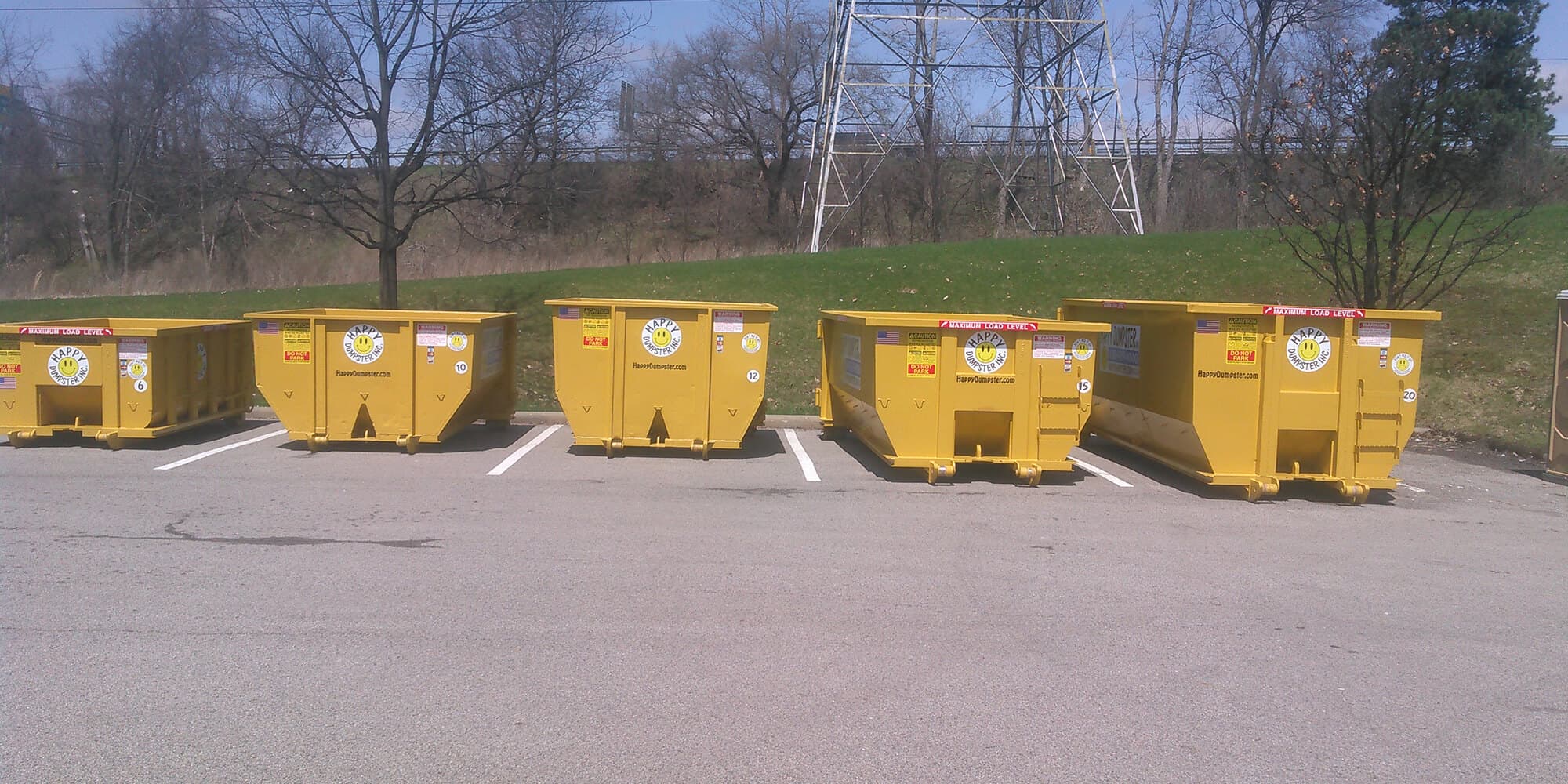To rent a dumpster, you'll require to think about a number of crucial variables to guarantee a smooth and successful waste administration experience. Begin by recognizing local regulations, including authorization demands and waste disposal restrictions, then pick the right dumpster size based on your task's needs, taking into consideration variables like waste quantity and product kind. Prepare the delivery location by removing challenges and assuring a level, degree surface, and supply required info regarding your job, rental duration, and site-specific needs. Finally, very carefully testimonial and authorize a rental agreement that outlines terms, fees, and responsibilities. By covering these bases, you'll be well-prepared for a successful dumpster rental experience, and checking out even more will expose a lot more essential information to keep in mind.
Dumpster Rental Basics
The rental process usually entails picking the preferred dumpster dimension, arranging a delivery date, and defining the rental period.
Once the dumpster is provided, clients can load it with waste, and the rental business will certainly manage the disposal procedure. This hassle-free technique makes it possible for people and services to concentrate on their core activities while guaranteeing accountable waste management
Dumpster rental solutions frequently include adaptable service periods, competitive pricing, and hassle-free scheduling options.
Understanding Regional Regulations
With dumpster rental solutions simplifying waste removal, it's just as essential to ponder the regulatory framework governing garbage disposal in your area. Recognizing local policies guarantees a seamless and certified waste management process.
Permit Requirements: Check with your city government to figure out if you need a permit to place a dumpster on your residential property. Some towns need permits for dumpsters surpassing a particular dimension or for dumpsters put on public streets.
Waste Disposal Restrictions: Familiarize on your own with local rules regulating the types of waste that can be disposed of in a dumpster. Particular products like hazardous waste, electronic devices, or construction products might be forbidden or call for special handling.
Placement and Storage: Understand regional policies pertaining to dumpster positioning, including distance to walkways, roads, and bordering properties.
Confirm you comply with storage demands, such as covering the dumpster at night or during non-operational hours.

Choosing the Right Dumpster Size
Frequently, house owners and professionals alike undervalue the importance of choosing an appropriately sized dumpster, only to locate themselves facing unnecessary logistical difficulties down the line.
A dumpster that is too small can bring about costly overages and multiple journeys to the landfill, while one that is as well huge can lead to lost room and unnecessary expense.
To stay clear of these concerns, it's critical to approximate the quantity of waste you anticipate to generate Consider the size of your task, the sort of products being dealt with, and the weight of the debris.
Most dumpster rental business supply a range of sizes, normally varying from 10 to 40 cubic yards. A 10-yard dumpster is suitable for small cleanouts and do it yourself tasks, while a 40-yard dumpster is much better suited for large building projects or commercial renovations.
Be sure to talk https://blogfreely.net/piedmonttriad-dumpsters/the-relevance-of-neighborhood-laws-in-dumpster-rentals to your rental business if you're unclear concerning the dimension you need, as they can provide guidance based on your specific requirements.
Preparing the Distribution Location
Clear the means for a smooth dumpster delivery by preparing the drop-off place in advance.
A well-prepared site guarantees the distribution procedure goes smoothly and effectively, conserving you time and hassle.
Before the dumpster gets here, take a couple of minutes to:
Clear the area of obstacles: Relocate any type of vehicles, devices, or particles that may remain in the means of the distribution location.
Check for low-hanging wires or branches: Establish there are no above obstructions that could interfere with the dumpster's placement.
Designate a specific drop-off location: Determine a level, level surface where the dumpster can be securely placed.
Providing Necessary Information
Once the delivery location is prepared, interest transforms to offering the necessary info to ensure a successful dumpster rental experience
This includes sharing information concerning the project, such as the type and amount of waste to be dealt with, the duration of the rental duration, and any kind of details demands or constraints at the site.
Be prepared to give your contact information, including your name, contact number, and email address, so the rental business can remain in touch throughout the process.
You may additionally be asked about the kind of products you plan to take care of, as some items, like hazardous waste or heavy products, might need special delivery or added fees.
Accurately supplying this info determines the rental business can supply the ideal dimension and sort of dumpster for your requirements, which you recognize any specific policies or guidelines that relate to your project.

Signing a Rental Agreement
With the required information given, the rental company will usually call for an authorized rental contract to solidify the regards to the dumpster rental.
This contract warranties that both events are clear on the rental duration, dumpster size, and any type of extra services or fees.
Before signing, examine the agreement very carefully to validate you comprehend the complying with bottom line:
Rental duration: The size of time you can maintain the dumpster on-site.
Fees and charges: Any kind of added costs past the first rental fee, such as excess charges or late fees.

Responsibilities: Who is responsible for damages or accidents including the dumpster.